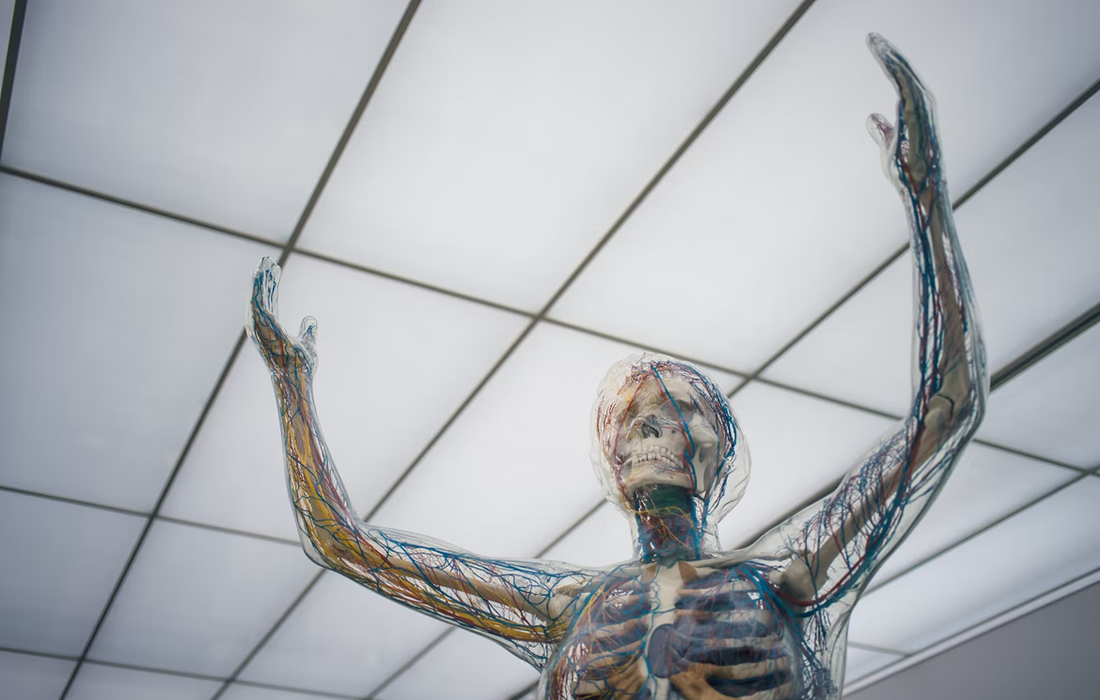Regenerative Medicine News and General Information
Researchers Found Molecule Essential for Regulating Nerve Repair
Axonal fusion is an efficient means of repair following axonal transection, whereby the regenerating axon fuses with its own separated axonal fragment to restore neuronal function.
The axon, the longest neuronal process, is essential for the transmission of electrochemical signals to other neurons or muscles. Damage to axons in the central or peripheral nervous system can result in lifelong disabilities.
Axonal fusion is a highly efficient method of axonal repair that has been observed in many invertebrate species, including a nematode called Caenorhabditis elegans.
Axonal fusion occurs when the proximal axonal fragment, which is still attached to the cell body, regrows, reconnects, and fuses with its own severed distal axonal fragment, reestablishing the original axonal tract (7) and restoring neuronal function.
In a recently published study researchers from the University of Queensland have identified a molecule essential for regulating the repair of injured nerves, which could help people recover from nerve damage. The results appear in the journal Science Advances.
Study Development and Results
The researchers used the nematode C. elegans and identified an enzyme called ADM-4, as an essential protein regulating the molecular glue, or fusogen, needed for nerve repair, and which is also an ortholog of human ADAM17, is essential for axonal fusion.
The authors of the study pointed out that one exciting part of the discovery is that ADM-4 is similar to the gene ADAM17 and that this opens a possibility of one day harnessing this process in humans.
They believe that one day we might be able to induce the same mechanical process in people who have had nerve injuries.
Sources:
EurekAlert. (2022, Mar 16). What regulates the ‘glue’ needed for nerve repair? Eurekalert. Retrieved from:
https://www.eurekalert.org/news-releases/946544
Xue Yan Ho, et al. The metalloprotease ADM-4/ADAM17 promotes axonal repair. Science Advances. 2022. Vol 8 Issue 11. DOI: 10.1126/sciadv.abm2882
Image from:
Photo by camilo jimenez on Unsplash

